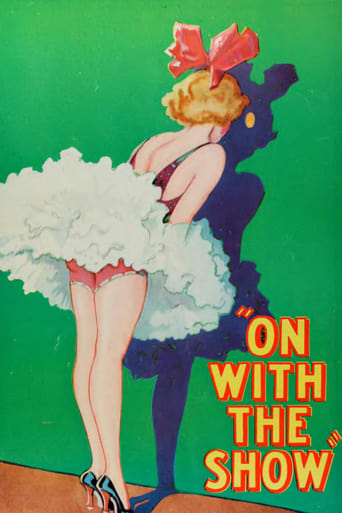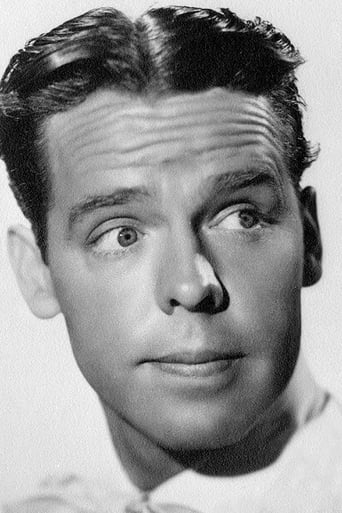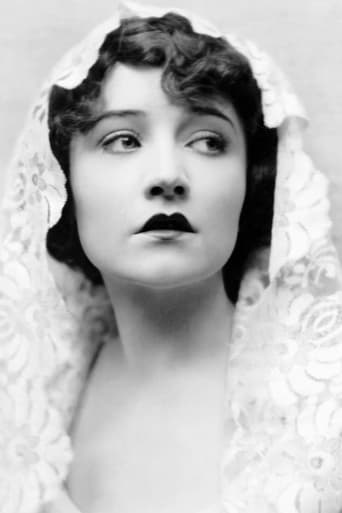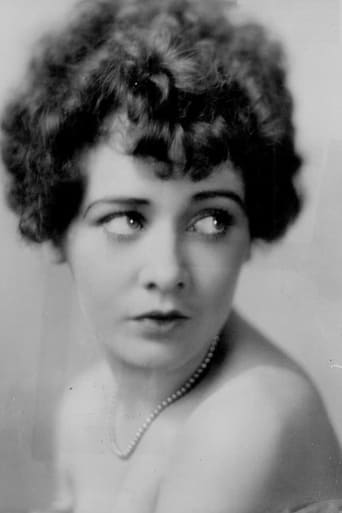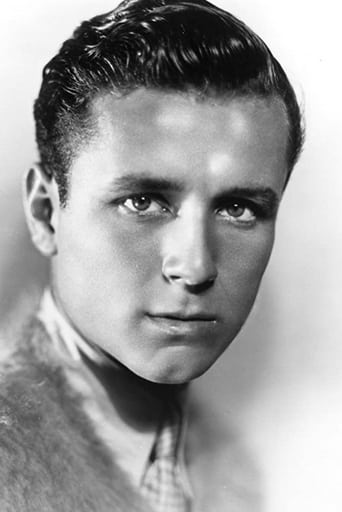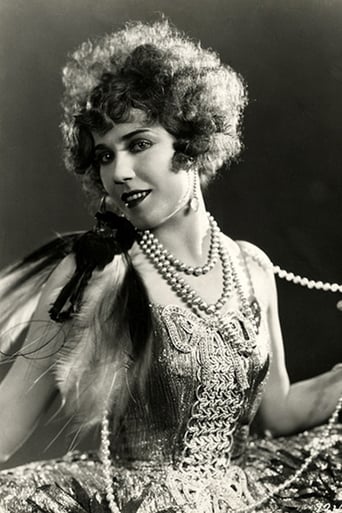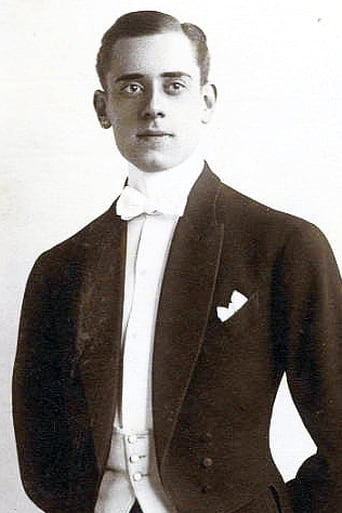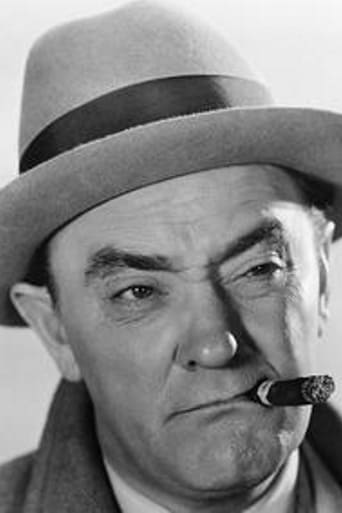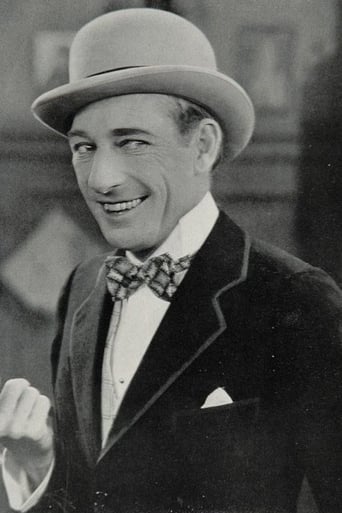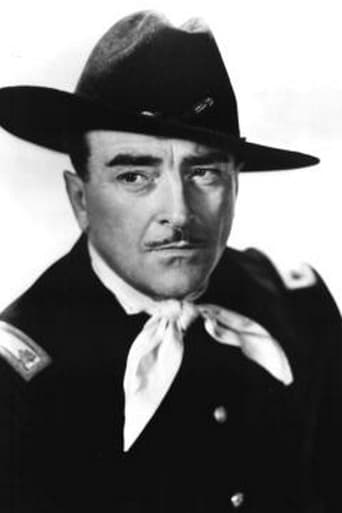With unpaid actors and staff, the stage show Phantom Sweetheart seems doomed. To complicate matters, the box office takings have been robbed and the leading lady refuses to appear. Can the show be saved?


Reviews
Released in 1929, On With the Show was filmed during the transitional period when silent films became talkies. Some films seemed little more than a collection of vaudeville acts strung together (a tradition that lasted, to some extent, even through the forties). Much of the acting is over the top and overly broad, because silent film stars were directed that way and vaudeville/stage performers have to play to the last seat in the theater. It is precisely the fact that OWTS captures that transitional period that makes it so interesting and so entertaining.The film is basically a presentation of a stage musical, similar to Showboat, with some backstage scenes involving characters in the stage show. In its attempt at authenticity, the camera often films too broadly, sometimes including the entire proscenium arch.The sets for the play with the film are beautiful, even when viewed in B&W. The play is a lavish production, sometimes reminiscent of a Busby Berkley production. The action includes a motorcycle, mounted horsemen and dogs running across the stage.In the dance numbers, we see plenty of minstrel-like troupers dancing in rows. The actual dances they perform are rather amateurish by today's standards. Only the black tap dancers display superior talents and demonstrate that tap dancing has not changed so much, fundamentally, over the years. It was already a mature art form.A few performances had little to do with the stage play, if anything. But that seems true to the times. Most notable is Ethel Waters. who performs two enjoyable numbers that highlight her vocal talents.Joe E. Brown is a lot of fun to watch. His comedic timing is precise in this film. He also performs a specialty dance that shows him to be a real athlete.Three actresses play significant parts in the story. It is interesting to note their backgrounds.Betty Compson plays Nita, the actress who portrays the Phantom Girl in the musical. Betty had a strong background in Vaudeville, where she started out as a teen violinist. She appeared in 9 films release in 1929.Sally O'Neill plays the part of Kitty, the coat check girl who saves the play by going on stage. Sally also had a solid vaudeville background and appeared in 8 films released in 1929.Louise Fazenda plays an actress whose sole contribution to the play is a wild, offstage laugh. Louise had a background in silent films, but made the transition to talkies. She appeared in 10 films released in 1929.I found much of the music enjoyable. Some had silly lyrics, which was common. Consider the lyrics "Drink your julep with your two lips"--fun to hear.In the end, OWTS is very dated and that is why it is such a hoot to watch. It captures many bits of the era's humor and preserves actual pieces of vaudeville.
Early Warner Bros. musical, stagy, slow, and mostly of historical interest. The poor quality film available for viewing doesn't help. It's interesting to see how much the movie musical improved between this movie and, for instance, "42nd Street" (also a Warner Bros production) just a few years later. The dialog portions are very static, presumably due to the requirements of early sound pick up systems. However, the result is to bring the action to a halt. The overacting is almost unintentionally laughable. Betty Compson finally has a decent scene near the end of the movie. Arthur Lake is just plain irritating, and I couldn't even warm up to Joe E. Brown. Some of the singers seems to be recorded live, and others poorly dubbed. By far, the most interesting scenes are Ethel Waters singing "Am I Blue", and the quartet of black tap dancers who are unidentified.
Sally O'Neil couldn't sing or dance but that didn't stop Warner's giving her a leading role in this Technicolored song and dance fest. It was the very first all talking, all singing, all dancing, all Technicolored movie produced at Warners, who had dazzled audiences with "The Jazz Singer" in 1927. All color movies were never going to work in those early sound days, apart from the fact that colours didn't photograph true (blues tended to turn green and people's faces photographed pink), Technicolor needed lighting ten times as bright as black and white photography, so the heat in the studio was always intense. "On With the Show" was going to be the first of many Warner's films filmed in colour but aside from the problems mentioned, by the end of 1930 musicals were on their way out so only a few films were made. Now only Technicolor fragments remain - the finale from "Gold Diggers of Broadway" and "Wild Rose" from "Sally" etc. For years "On With the Show" was famous for being the film that "42nd Street" (1933) took it's plot from but it is clear that the only thing they have in common is the "eager newcomer saves show" cliché. Still in May of 1929 audiences would have been dazzled not only by the singing and dancing but by the glorious colour as well. The plot revolves around the off stage dramas and the musical numbers of "The Phantom Sweetheart", a play beset by financial worries and stuck in a one horse town - tonight it is Broadway or bust!!!Kitty (Sally O'Neil) a ticket seller, believes she could be "Broadway Bound" if only she was given a chance to prove herself. Jimmy (William Bakewell) the Head Usher and her sweetheart agrees. Meanwhile the cast are more concerned about their unpaid wages than "putting on a show" - most vocal is Harold (Arthur Lake) the whiney voiced juvenile, whose offstage bickering with his partner Joe (Joe E. Brown) is a running gag throughout the movie.The musical show starts out with a rousing ensemble number "Welcome Home" -highlight is a group of spirited tap dancers. Next temperamental star Nita French (Betty Compson) "in the flesh, baby, in the flesh" sings "Let Me Have My Dreams" - it is sang constantly throughout the film. Ethel Waters is then announced by Sarah (Louise Fazenda is a standout with her wicked laugh) and Ethel's performance is timeless. She sings the magnificent "Am I Blue" and later on the wonderfully saucy "Birmingham Bertha" ("I'm a real Simple Simon, wouldn't you know - I gave him a diamond and all of my dough"!!!). The wonderful John W. Bubbles from Buck and Bubbles is the cheeky dancer. He originated the role of Sportin' Life in the 1935 production of "Porgy and Bess" and even gave tap lessons to Fred Astaire. But those two timeless classics are interspersed with some not-so-great ones - like "Lift Your Juleps to Your Two Lips", another hearty ensemble piece in which Harold as the "leading juvenile" doesn't sing or dance but stands around posturing while Joe E. Brown, who is not very funny in this film, does an eccentric dance. Jimmy suggest that maybe he can rob the box-office, that way the cast will get their wages - later on there is a real robbery and of course Jimmy is the chief suspect. The big production number is "In The Land of Let's Pretend" - it would have looked spectacular in Technicolor. It's an extremely "talkie" film and seems quite long. It is densely plotted and there are so many speeches in the last third of the film - everything has to be explained - obviously they didn't think the audience could figure it out for themselves.When the studios found out Betty Compson was an accomplished musician her career was given a new lease of life in these singy, dancey days. Arthur Lake had the most irritating voice in films - it's hard to believe that he lasted long enough to be given his dream role of "Dagwood" at the end of the thirties. The Fairbanks Twins also provide some humour as a pair of high stepping chorus girls.Highly Recommended for Ethel Waters.
When I saw "On With the Show" on Turner Classic Movies, I was very disappointed in the poor quality of the picture and the sound, but was very pleased by some clever dialog, although realizing some of it was not so clever, and I was absolutely in awe of the performance of Betty Compson.She was not only lovely just to look at, in her big scene near the end, she stole the show.She was more than charming -- she was adorable.Joe E. Brown's presence in a movie is usually enough to make me skip it but here he is toned down considerably, is not so silly, and he performs an eccentric dance with a surprising athleticism. I actually liked him in "On With the Show." Sally O'Neil was surprising. She sounded at first like some precocious child, with little-girlish voice, but when this caterpillar bursts out of her cocoon, she is a star.One other aspect of this film is almost unique for its time: The cast is integrated. Right there on stage are black dancers with white dancers, although to be accurate there is not interaction between white and black. Still, it was a start.Ethel Waters made what was apparently her film debut, and surely was an immediate hit since she was already a star in other media.A 21st century viewer of "On With the Show" must consider context, remember the times in which it was made, during the changeover from silents to talkies, to be able to appreciate it fully.There were lots of great individual talents involved, and a viewer should try to ignore the poor framing of the scenes and the poor quality of the sound, at least some of which might be because of the age or even generation of the print.But appreciate the historicity as well as the talent, and you will enjoy "On With the Show" as much as I did.
